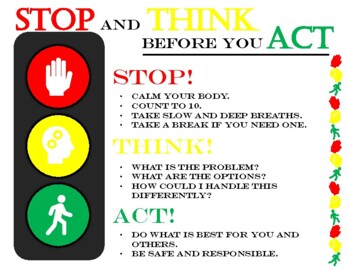

The largest and most important source of light we have is the Sun. Learning Material: Science 3 page 139-140, Learning Resource Material ( Science 3) page 7. And there are many types of energy-some is stored in our muscles and brain cells, some is used to move around and play, while other types of energy are used to light a street lamp, heat or cool our homes, cook our food, and power buses, planes and cars. The ratio of which we use these energy sources is important to think about, as each source comes with environmental and sustainability issues. Since it is the absorption of light energy that causes it to be converted to heat, colors that absorb lots of light will heat up faster than will lighter colors that reflect a lot of light. One student chooses an object and puts it in the box without letting the other person see it. Lesson Plan 11 Electric Experiments Brief description. This heat, light, and sound energy study is perfect for science in Pre-K, Kindergarten, First Grade, and Second Grade classrooms. South Carolina students in fourth grade learn about light and electricity. Conduction, Convection and Radiation - Heat Transfer in your life Everyday. Illustrate the relationship between light and photosynthesis (i.e., you need light source for plants to grow more light more photosynthesis) 3. Students%write,%draw,%or%create%a%diagramtoshowwhatthey'velearnedandstill havequestionsaboutconcerninglightenergyafterthelessontoday.LESSON PLAN: LESSON 2.7 - HEAT ENERGY of 6. How do plants get energy? This represents the energy stored in the bonds within a sugar molecule. Here is a collection of activities that focus on understanding the different types of light bulbs and how this small step can lead to big savings. Describe the phenomena of transpiration, photosynthesis and cellular respiration 2. The motion, if resisted by a force, does work. They can conserve energy by reducing the length of use or by using a different source of lighting.
#AND THEN THERE WAS LIGHT LESSON PLAN HOW TO#
They all produce heat and light! designed to solve and how to conserve energy with that light source. Engage your class in an exciting hands-on experience learning all about energy! Make a "lights in the sky" picture. Guiding Question: How do we use the forms of energy? WWMB LESSON PLAN Light, Reflection & Refraction Teacher Notes: SC State Standards: 8-6.6-Explain sight in terms of the relationship between the eye and the light waves emitted or reflected by an object 8-6.7-Explain how the absorption and reflection of light waves by various materials result in the human perception of color Let's look at some of these sources now. explain how organisms use the energy from cell respiration. Explain that different colors of the spectrum represent light waves vibrating at different frequencies.

Energy gives us the ability to do things such as climb a mountain, play soccer, and even think. Lesson: 1 of 3 Time Allotted for this Lesson: 50 minutes Standard: HS-LS1-5. Set-up: A lamp is plugged in and shining on a white wall or screen. Science4Us provides the essentials that teachers need to confidently and effectively lead a classroom. Clear step-by-step instructions are provided and no previous experience with circuits is required. For each suggested grade band, you'll see some quick text for reading as well as a worksheet or link to. Describe reflection and refraction of light waves. This sim may seem advanced, but the concepts behind it are intuitive and easy to understand. If you love doing arts and crafts with your students, this lesson plan is for you! There is nothing to transfer the energy from the sun to the earth. Students investigate activation energy through endothermic and exothermic reactions. Materials: pictures of a boy playing badminton. electric energy can be stored in batteries Positive attitudes Have groups identify the top of the box and cover it.

as light energy, sound energy or kinetic energy In prior lessons, students were introduced to different forms of energy and their properties. Light energy is energy that can be seen and is generated by natural and manmade sources. In this module students are introduced to the characteristics and properties of light energy, its uses, and various sources of manmade and natural light. Created by a teacher, designed for elementary students, and fun for all ages.


 0 kommentar(er)
0 kommentar(er)
